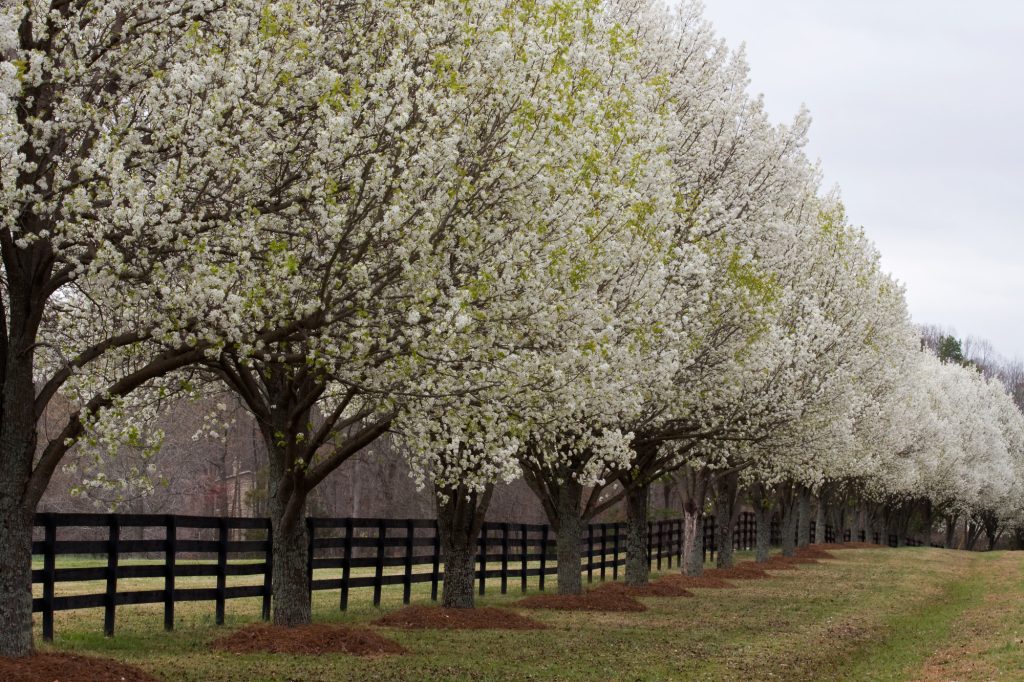Trees to Avoid Planting in Delaware

Fall is a great time to plant since it gives trees the necessary time to establish before next year’s spring season. When considering your landscaping goals, it’s important to note that there are specific trees and shrubs to avoid planting in Delaware. They are considered invasive and have a long-term negative impact on the Delaware landscape.
The good news is that many great native plant alternatives thrive in the Delaware region! Sussex Tree can assist you with landscaping needs, including planting, diagnostics, and plant health care. Visit our site to learn more about the landscaping services we offer.
Invasive Plants in Delaware and Native Alternatives
We’ve compiled a list of Delaware invasive plants and their native alternatives. Native plants are great for homeowners because they bring beauty and wildlife to yards and are well-adapted to the region, making them easy to grow!
Bradford Pear (Pyrus calleryana)
This medium-sized tree originated in China and was commonly used as a street tree. Most recently, it has been added to the Delaware Invasive Species list. Because Bradford pear was planted extensively and the seed is spread by birds, it threatens many open and natural areas.
Some great native alternatives have a similar size and appearance to Bradford Pears without the invasive characteristics! These native trees include Serviceberry, Redbuds, Hawthorns, and Fringe trees, which produce white flowers in the spring similar to the Bradford Pear but without detrimental effects to the landscape.
Butterfly Bush (Buddleia davidii)
A very popular shrub in landscapes and found at many garden centers, this plant has been invasive in the Delaware region. This plant originated in Asia, and contrary to popular belief, it does not support native butterflies and other wildlife species.
Many native flowering shrubs give a similar look to butterfly bushes in the landscape but without a negative impact. Virginia Sweetspire and Clethra are commonly grown in the Delaware region. They are low maintenance, thriving in a multitude of conditions.
Tree of Heaven (Ailanthus altissima)
This plant rapidly spreads over residential landscapes and forested areas in Delaware. Tree of Heaven is also on the Delaware Invasive Species list. This plant crowds out native species by releasing a chemical into the soil that is toxic to surrounding plants. It is the host plant for the Spotted Lanternfly, which is threatening and wreaking havoc in native environments across the United States.
Native alternatives include sumacs which provide beautiful fall color and textures to a backyard landscape and are great for attracting wildlife like birds to your yard.
Reach out to us at Sussex Tree when planting trees this fall! We take a proactive approach focusing on the health of plants and have a staff of certified arborists with the knowledge and skills to assist with the care of your trees. Learn more about our green initiatives like the “Remove a Tree -> Plant a Tree” Program. Contact us today by phone at 302-227-1980 or through our website.

